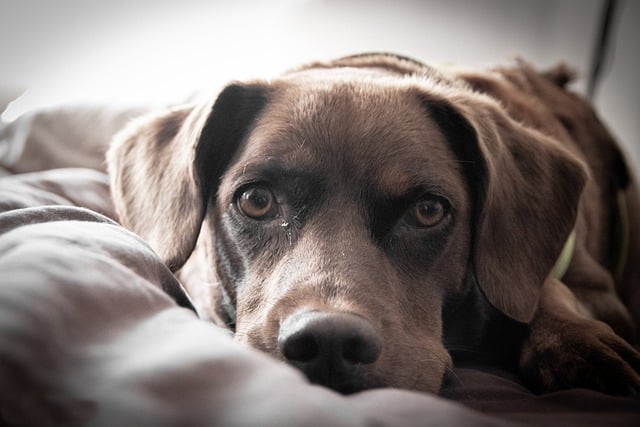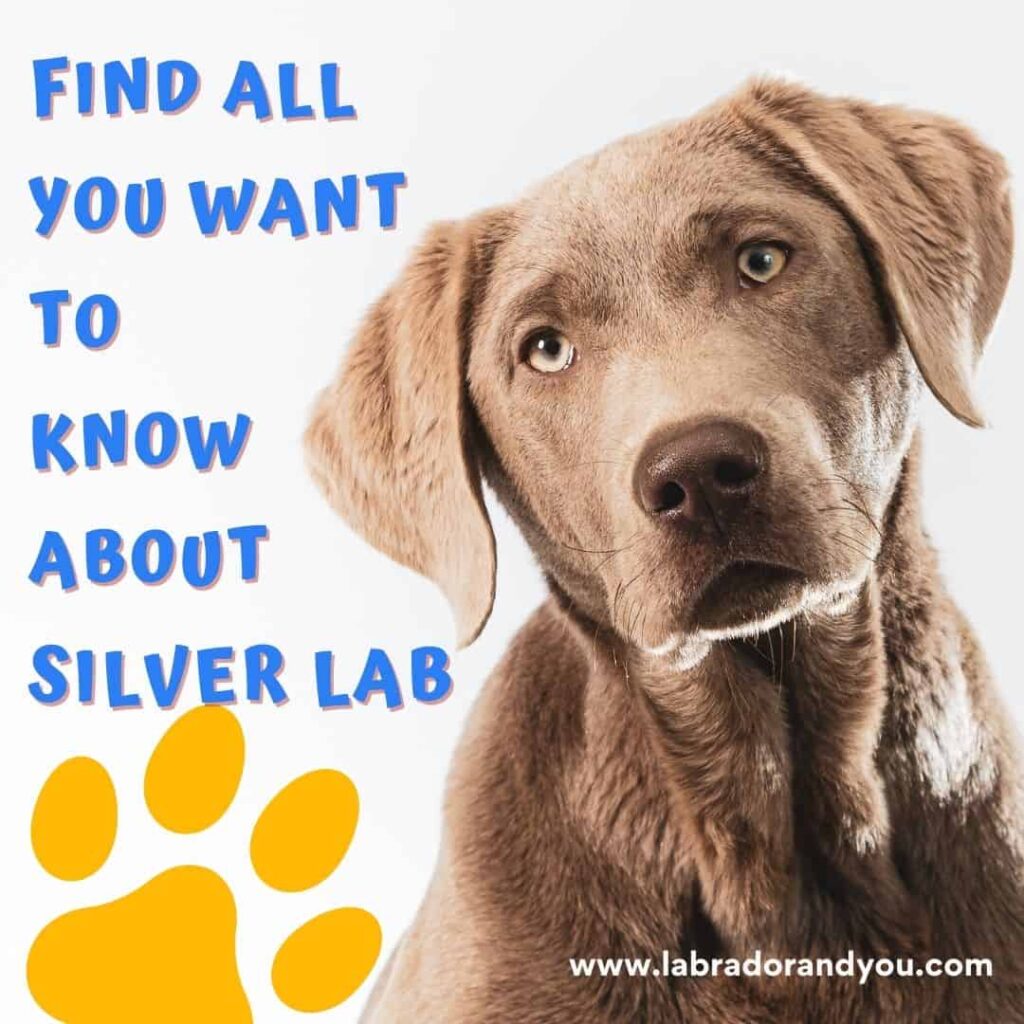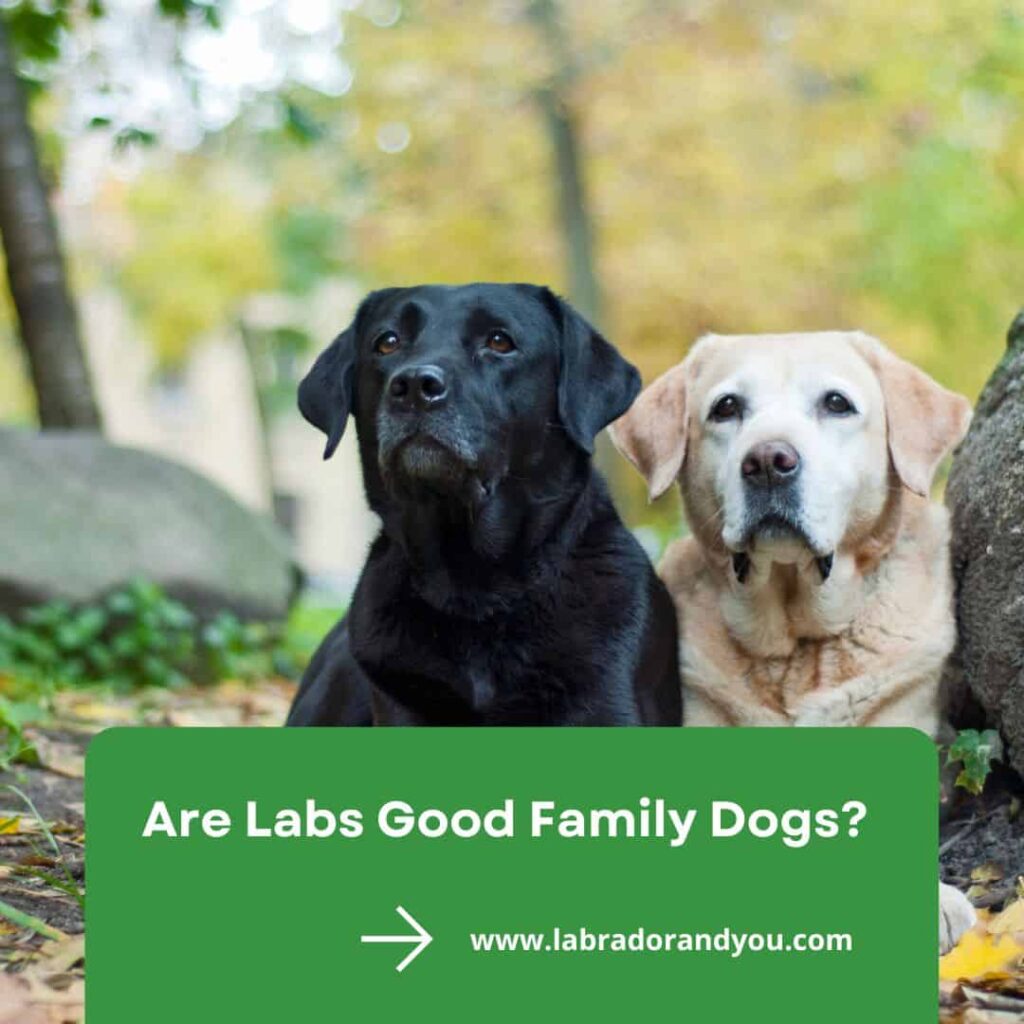Transporting your new puppy in the car can be an exciting adventure, but it’s essential to prioritize their safety and comfort throughout the journey. Whether taking them to the vet, going on a road trip, or running errands, knowing the best practices for car travel with your pup is crucial. So let’s learn how to transport puppy in car!
How to keep your puppy safe while traveling in the car?
1. Empty Folder To Store Dog Records
Before embarking on any car journey for long periods with your new puppy, pack all their necessary documents organized and easily accessible. Create an empty folder specifically for your dog’s records, including vaccination certificates, health records, identification tags, and contact information for your veterinarian.
It guarantees all the essential information during emergencies or unforeseen circumstances. You can be well-prepared and informed when unexpected situations arise by something you drive past.
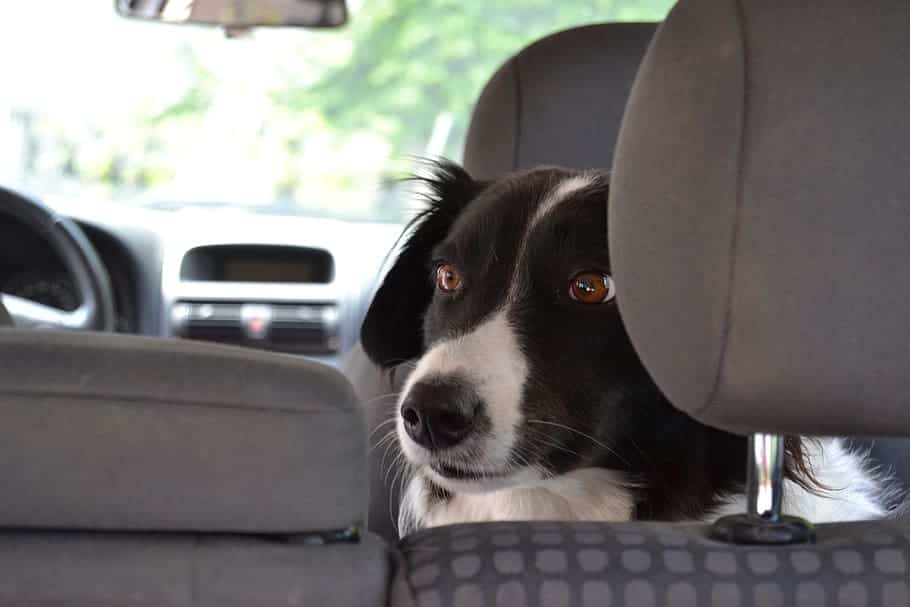
2. Dog Seat Cover/Hammock
Invest in a high-quality dog seat cover or hammock to protect your car back seats from scratches, dirt, and pet hair. These specially designed covers keep your vehicle clean and provide a secure space for your puppy to sit or lie down during the journey.
Installing and adjusting them to fit any car back seat is simple and convenient for everyone. It keeps the puppy sitting and prevents the puppy from jumping onto others.
3. Dog Seat Belt & Car Harness
Just as we use our ordinary car safety belts for our safety, providing the same level of protection for your new puppy is essential. Invest in a dog seatbelt and car harness to secure your pup during car rides.
These harnesses are designed to attach to the car’s seat belt system and prevent your puppy from moving around or jumping onto your lap while driving. It ensures both their safety and yours.

4. Soft Dog Travel Crate
Consider using a soft dog travel crate if your puppy feels more comfortable in an enclosed space. These lightweight and portable crates provide a cozy den-like environment for your pup.
Ensure the dog crate is properly secured in the car and large enough for your puppy to stand, lie down, and turn around comfortably. Always gradually introduce your puppy to the crate, associating it with positive experiences and providing treats or toys inside to create a positive association.
5. Collapsible Dog Travel Bowl
Hydration is crucial during car rides, especially during long car journeys. Invest in a collapsible dog water bowls to ensure your puppy stays hydrated during warm days. These bowls are compact, lightweight, and easily stored in your car.
If your puppy needs a drink, unfold the bowl and provide fresh water. It eliminates the need for sharing cups or bottles, reducing the risk of spills and messes.
6. An Old Towel or Puppy Pads
Accidents can happen, especially with young puppies who may not yet have full bladder control. To protect your car seats from mishaps, place an old towel or puppy pad underneath your puppy’s seating area. These absorbent materials will help contain any mess and make cleaning up easier. Remember to stop periodically during a long journey to allow your puppy to relieve themselves outside.
7. A Blanket Or Toy From The Breeder
Bring a blanket or toy from their breeder’s home to create a sense of familiarity and comfort for your puppy. The familiar scent will help alleviate any anxiety or stress they may experience during car ride home. Having a toy or blanket to cuddle with can provide reassurance when you bring the puppy home.
8. A Container With A Sample Of Puppy Food
While bringing the puppy home, it’s essential to maintain your puppy’s regular feeding schedule. Pack a container with a sample of their regular puppy food to ensure continuity in their diet.
Sudden changes in food can cause digestive issues, so having their familiar food readily available will help prevent any discomfort. Ensure ample food for the trip and store it properly to preserve freshness.
9. Don’t let your puppy travel in the car with the head out the window
Although it may seem tempting to let your puppy enjoy the breeze and stick their head out of the car window, avoiding this practice is crucial. Traveling with their head out the window puts your puppy at risk of injuries from flying debris, insects, or even accidents caused by sudden movements.
Keep all windows securely closed or use specialized window guards. The window guard will allow fresh air in, keeping your puppy safely contained and sunlight protected.
How Often Should You Stop When Driving With A Puppy?
Puppies have smaller bladders and shorter attention spans compared to adult dogs. They require a toilet break, exercise, and mental stimulation. Long trip without breaks can lead to discomfort, restlessness, and potential accidents.
Factors Influencing Break Frequency
- Age and breed: Younger puppies and smaller breeds may have higher energy levels and shorter endurance, requiring more frequent stops.
- Health and fitness: Puppies with certain health conditions or lower fitness levels may need additional breaks.
- Climate: Extreme temperatures can impact a puppy’s comfort and hydration, necessitating more frequent water and temperature regulation stops.
General Guidelines for Breaks
- Every 1-2 hours: Taking a regular toilet break is essential to ensure their comfort when driving with your puppy for long distances. As a general guideline, aim to stop every 1-2 hours during your journey. It allows your puppy to stretch their legs, relieve themselves, and breathe fresh air.
- Utilize rest areas or pet-friendly stops: Look for designated areas for dogs. Let your puppy explore and relieve themselves during the break.
- Keep the breaks consistent: Maintain a consistent schedule for breaks, as this helps your puppy develop a routine and reduces anxiety.
Make Breaks Fun and Engaging
- Physical activity: Encourage your puppy to engage in short play sessions or walks during the breaks to release excess energy.
- Mental stimulation: Bring interactive toys or puzzle feeders to mentally engage your puppy during the breaks.
- Positive reinforcement: Reward your puppy with treats, praise, and affection to reinforce positive behavior for riding quietly.
How Do You Calm Down A Puppy In A Car?
Create a Soothing Environment
Gradually introduce to the car: Begin by acquainting your puppy with a stationary car, permitting them to investigate their designated space. The crucial aspect is to aim for gradual progress. It ensures your dog feels secure and serene inside the vehicle before ignition.
Provide a view: If your car allows it, position your puppy’s crate or dog barrier so they can view the window. Seeing the passing scenery can be engaging and distracting, reducing anxiety and restlessness.
Calming pheromone spray: Spray a calming spray designed for dogs inside the car. These sprays help create a calming atmosphere and promote relaxation during the journey.
Soft, rhythmic sounds: Play soft, rhythmic sounds like classical music, white noise, or nature sounds inside the car. These sounds can mask external noises, create a soothing environment, and help your puppy feel more at ease.
Implement Relaxation Techniques
Tactile stimulation: Gently stroke your puppy’s fur or provide them with a soothing massage using slow, rhythmic strokes. This tactile stimulation can help relax their muscles and release tension, promoting a sense of calmness.
Acupressure points: Acupressure, a traditional Chinese healing technique, can be beneficial for soothing your puppy. Apply gentle pressure to specific points on their body to help alleviate anxiety and induce relaxation.
Two key acupressure points for dogs are the base of the neck and the area between the eyes. Experiment with light pressure in these areas during car rides to see if it helps your dog remain calm.
Calming herbal teas: Consult with your veterinarian about safe herbal teas, such as chamomile or passionflower, served at room temperature and offered in a shallow dish for your puppy to lap up. These teas have calming properties and can help soothe your dog during the car ride.
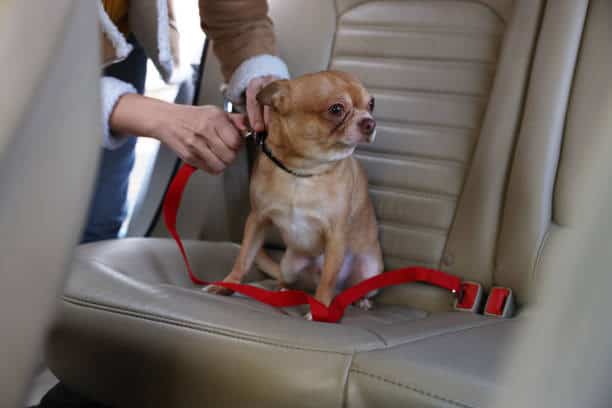
Car Sickness and the New Puppy
Car sickness in puppies is a common issue that can be distressing for the puppy and its owner. To effectively manage and prevent car sickness, focus on understanding its underlying causes and symptoms. Here are some key points to consider:
Causes of car sickness
- Conflicting signals: Motion sickness occurs when the puppy’s inner ear balance system detects motion while its visual perception system registers a stationary environment, causing a sensory mismatch.
- Underdeveloped systems: Most dogs are more prone to travel sickness due to their developing inner ear and visual perception systems. Once they are fully developed, their motion tolerance improves.
- Anxiety and stress: Puppies experiencing anxiety or stress, particularly during an early car ride home, may be more susceptible to car sickness.
Recognizing the symptoms
- Nausea and vomiting: Puppies may exhibit discomfort, such as excessive drooling, retching, or vomiting.
- Restlessness and pacing: They might appear agitated or restless or try to find a comfortable position during the car ride.
- Excessive panting: Puppies may pant excessively, displaying signs of anxiety and discomfort, when experiencing motion sickness.
- Lethargy and decreased appetite: Motion sickness can cause lethargy and a temporary loss of appetite in puppies.
Natural Remedies and Treatments
- Ginger: Try a small amount of ginger-infused treats or supplements, known for their natural anti-nausea properties.
- Calming aids: Explore natural remedies such as lavender sprays, chamomile-infused toys, or pheromone collars to help ease your puppy’s anxiety during car rides.
- Stop feeding 2-3 hours before traveling: To be cautious, refrain from feeding your dog for two to three hours before embarking on a safe journey. Take them for a walk before the trip to alleviate accident-related anxiety.
Professional Help and Medications
- Consult your veterinarian: If motion sickness persists despite your best efforts, seek guidance from your veterinarian. In severe cases, veterinarians might suggest anti-nausea medications.
- Anti-anxiety medications: To alleviate stress and minimize car sickness, veterinarians may prescribe anti-anxiety medications.
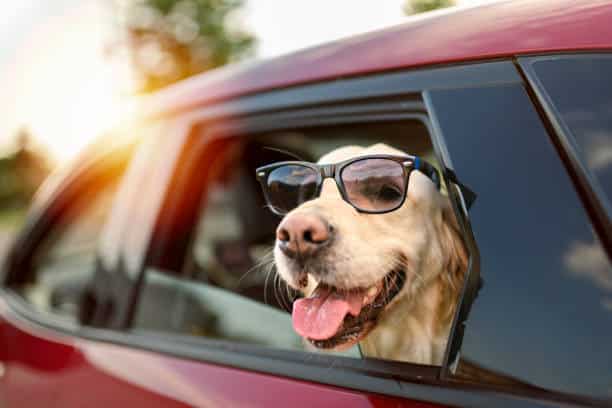
Car Rides during the socialization period (8-12 weeks)
Introduce New Environments
Take your puppy to different locations, such as parks or busy streets, to expose them to sights, sounds, and smells. Monitor their reactions and provide reassurance if they show signs of anxiety.
Socialize with People and Animals
Encourage interactions with friendly strangers and well-behaved other dogs to make them feel confident and build their social skills. Use controlled environments like dog classes or parks to facilitate positive socialization experiences.
Practice Leash Training
Prioritize leash training before embarking on your travels. Your puppy will remain safely by your side and follows commands when exploring new places. Begin with short walks around your neighborhood and progress to more challenging environments.
Recommended Car Restraints and Tethers
Pet carriers and crates for dogs
- Opt for a sturdy and crash-tested pet carrier or crate that provides a dog-safe and secure space for your pup during car rides.
- Look for carriers or crates with sufficient ventilation and enough room for your dog to stand, turn around, and lie comfortably.
- Choose products made from durable materials and featuring secure latching mechanisms to prevent accidental openings.
- Ensure the carrier or crate is correctly secured within the vehicle to avoid shifting or tipping during an emergency stop or turn.
- Familiarize your dog with the carrier or crate before the trip by gradually introducing them to it and creating positive associations.
Car or booster seats for dogs
- Consider using car or booster seats specially designed for dogs. These seats offer a secure and elevated position, protecting the puppy during the journey.
- Look for seats that are adjustable and can accommodate your dog’s size and weight.
- Ensure the back and front seat have sturdy harness attachments or tethers to keep your dog securely restrained.
- Opt for seats with comfortable padding and removable, machine-washable covers for easy cleaning.
Recommended Comfort Toys for Travel
Plush Companions
- Soft and cuddly stuffed animals offer a comforting presence during travel.
- Opt for hypoallergenic materials to ensure a safe and pleasant experience.
Fidget Toys
- Fidget toys like stress balls, fidget spinners, or tactile gadgets can help alleviate travel-related anxiety or boredom.
- Opt for silent and discreet options to ensure a peaceful environment for you and your fellow travelers.
- Choose compact designs that can fit into your pocket or purse easily.
Top crash-tested carriers and crates
Sleepypod Mobile Pet Bed
- Passed various safety tests, including those conducted by the Center for Pet Safety.
- Constructed with durable materials and a padded interior for comfort.
- Easy to secure in your car with dog seat belts, ensuring stability during travel.
Gunner Kennels G1
- Engineered using double-wall rotomolded construction, offering superior strength.
- Passed crash tests simulating real-life scenarios, providing unparalleled protection.
- Features a designated tie-down strap system for secure installation.
Petmate Sky Kennel:
- Designed with heavy-duty, high-impact plastic for durability.
- Meets most airline requirements for pet travel.
FAQs
What to bring when you pick up a puppy?
Bring a leash, dog’s collar, identification tag, crate or carrier, water, treats, poop bags, cleaning supplies and a blanket or carry lots of paper towels for comfort when picking up a puppy.
Is it illegal to get a puppy at 7 weeks?
Check local laws for minimum puppy age. While 7 weeks may be legal, it’s best to research guidelines and consult a vet for the ideal age.
Can a 2 month old puppy travel?
Yes, a 2-month-old puppy can travel, but ensure they are in a secure carrier, adequately hydrated, and take frequent breaks.
My puppy gets sick in the car, what can I do to help?
To help a sick dog in the car, try using motion sickness medication, take shorter car trips, provide fresh air, and consider crate training.
Can my puppy sit on my lap in the car?
It is unsafe for a puppy to sit on your lap in the car. Use a secure crate, carrier, or dog seat belts for their safety.
Can I cross borders with my puppy in the car?
Crossing borders with a puppy in the car requires proper documentation, health certificates, and compliance with each country’s regulations.
My puppy cries in the car. What should I do?
To calm a crying puppy in the car, create a comfortable environment, use soothing music and familiar scents, and gradually introduce them to car rides.
How do I make my Puppy’s first journey stress free ?
Make your puppy’s first ride stress-free by creating a positive association with the car, using treats, short trips, and providing a familiar blanket or toy.
What time of day is best to collect a puppy ?
Collecting a puppy in the morning allows them to acclimate to their new home during the daytime, promoting easier adjustment.
What kind of car restraint is best for your dog?
For your dog’s safety, the ideal car restraint is a secure crate or carrier fastened with a seat belt or a specialized dog seat belt harness. Prioritize comfort and safety.
Author Profile
- Site Owner And Dog Lover
-
Aritra, the founder of Labradorandyou.com, is a lifelong dog lover whose passion ignited for Labradors for their loyalty and intelligence. With extensive research and personal experiences, Aritra has become a Labrador expert, offering a rich resource on the breed. Labradorandyou.com provides reliable, timely, and evidence-based information, including Labrador-specific product reviews, training techniques, and care tips.
Labradorandyou.com was born out of Aritra's passion and his desire to share his profound knowledge about the breed. The site serves as a comprehensive resource, offering a wealth of up-to-date information for Labrador owners and enthusiasts alike
Also by the author
-
 Lab-TypesNovember 17, 2023Old Dog Seizures: Causes, Symptoms, and Treatment Options
Lab-TypesNovember 17, 2023Old Dog Seizures: Causes, Symptoms, and Treatment Options
-
 Lab-TypesNovember 17, 2023Why Is My Dogs Poop Yellow? 8 Reasons & Solutions
Lab-TypesNovember 17, 2023Why Is My Dogs Poop Yellow? 8 Reasons & Solutions
-
 ReviewsNovember 17, 2023The Only Hill’s Science Diet Review You Need To Read
ReviewsNovember 17, 2023The Only Hill’s Science Diet Review You Need To Read
-
 Lab-TypesNovember 17, 2023How To Adopt An Emotional Support Dog?
Lab-TypesNovember 17, 2023How To Adopt An Emotional Support Dog?

